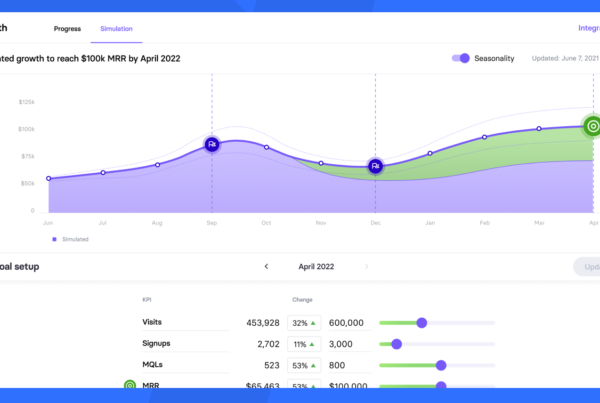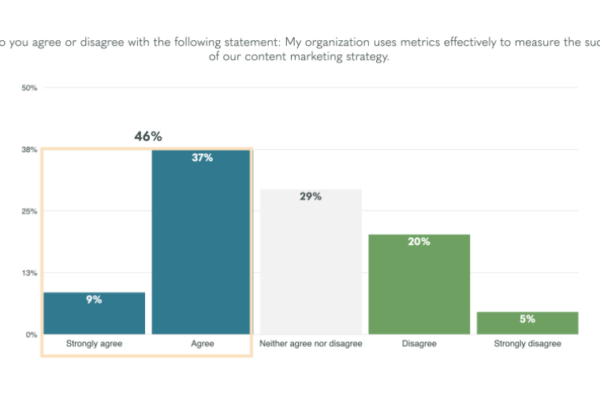Data empowers us with knowledge of what did or didn’t work in the past. In hindsight, we all have 20/20 vision. But what if you had 20/20 vision, not in hindsight, but with foresight?

That’s the ambitious goal of predictive analytics. Let’s look at some real examples of how companies are using, or are planning to use, predictive analytics.
What if Amazon shipped your goods before you ordered them?
In 2012, Amazon filed a patent for a system that would enable them to use predictive analytics to prepare and ship your items before you had even ordered them.
Their predictive analytics system would predict how likely you were to buy an item based on your behaviour, and make a decision to begin preparing that item. This would enable Amazon to reduce delivery times, increasing its competitive advantage as the fastest online retailer.
What if you paid less insurance on days you drove safest?
While requesting a car insurance quote this morning I noticed this option that I’ve never seen before.

The use of statistical analysis and predictive models to mitigate risk is nothing new for insurance companies, but using real-time data to adjust insurance premiums seems new to me.
The flipside of this is that emergency services could be made aware of dangerous drivers within an instant, enabling them to react faster, improving road safety and reducing crime.
What if a president could win an election by ‘guessing’ what would sway your vote?
In the 2012 election, President Obama hired 50 analytical experts who used uplift modeling and predictive analytics to help him win. How? His team used statistical models to predict which voting individuals were easiest to sway, and which forms of media would work most effectively to persuade them.
Rayid Ghani, Chief Data Scientist for the Obama for America 2012 campaign, mentioned in an interview:
“Our modeling team built persuasion models for each swing state, to predict the potential to persuade for each of millions of individuals in swing states. It told us which were most likely to be won over to Obama’s side – and which we should avoid contacting entirely.”
Unlike most political advertising campaigns, Obama’s team didn’t discriminate by demographics and psychographics – they acknowledged that not all middle age Latino women think the same way. They discriminated door-by-door, person-by-person, using predictive analytics.
How does predictive analytics work for marketers?
Aristotle famously said, “The whole is greater than the sum of its parts”. This is usually true when it comes to the merging of datasets.
Let’s say you’re Starbucks. Sure, your CRM system’s dataset is valuable, and so is your dataset on the number of times customers return to buy a coffee. Merge those two datasets together and you have the means to create a personalised system where your staff can say “Hi Marcus, we see you haven’t bought a coffee for 5 weeks after buying one every day for 2 weeks in a row. Here’s a free venti cappuccino!”
Marketers will benefit from the intelligence of predictive analytics to provide increasingly personalised experiences that improve the customer’s experience and loyalty (once they’ve got over the creepiness). On top of this, there’s the old classic conundrum of “half of my advertising budget is wasted, but I don’t know which half”.
With predictive analytics, you won’t just be aware of which channels are most valuable – you’ll know precisely which combination of channels and individuals are most valuable. It introduces a whole new level of segmentation that ultimately enables marketers to allocate budgets more effectively and improve their returns.
When will predictive analytics grow up?
Predictive analytics is very much an infant right now. Only the most innovative companies are dabbling in it, and due to the bespoke nature of predictive analytics, there are very few affordable software platforms available right now. Currently, the dominant service providers are companies like Adobe and IBM. However, I don’t imagine it will be long before tech startups begin popping up in this space – and companies like Google start buying them. In fact, Google has already launched a prediction API for developers to hack around with, which suggests this is an area of interest for them.
The future of algorithmic future gazing
One of the most exciting technological developments about the future we’re moving into sits at the intersection of personalisation and prediction. Wherever data can be collected, and our actions can be predicted, there’s room for improved efficiency and effectiveness through automation and optimization.
Today, we collect data on a magnitude that has never been possible before. We’re also measuring things that were previously immeasurable. Take Jawbone Up for example, they’re conducting the World’s largest study on coffee intake and sleep – all thanks to millions of people downloading an app or wearing a data-gathering wristband.
Like many technologies, predictive analytics is a tool that could be used for good or bad. In the right hands, there are a lot of broken systems that could be fixed or improved with better prediction.
What do you think? Too creepy, or an amazing opportunity? Or a bit of both?
Image Credit: Just Luc



